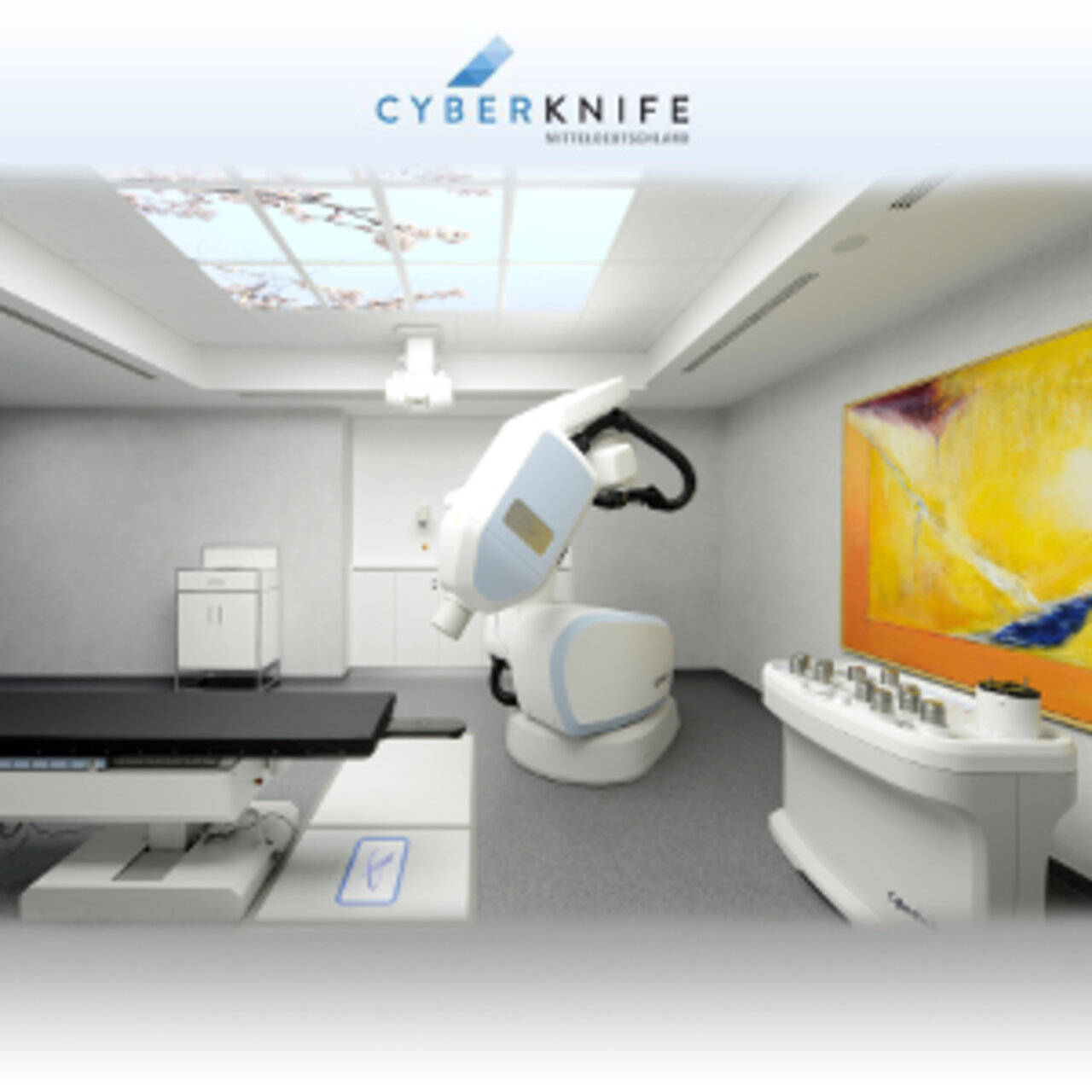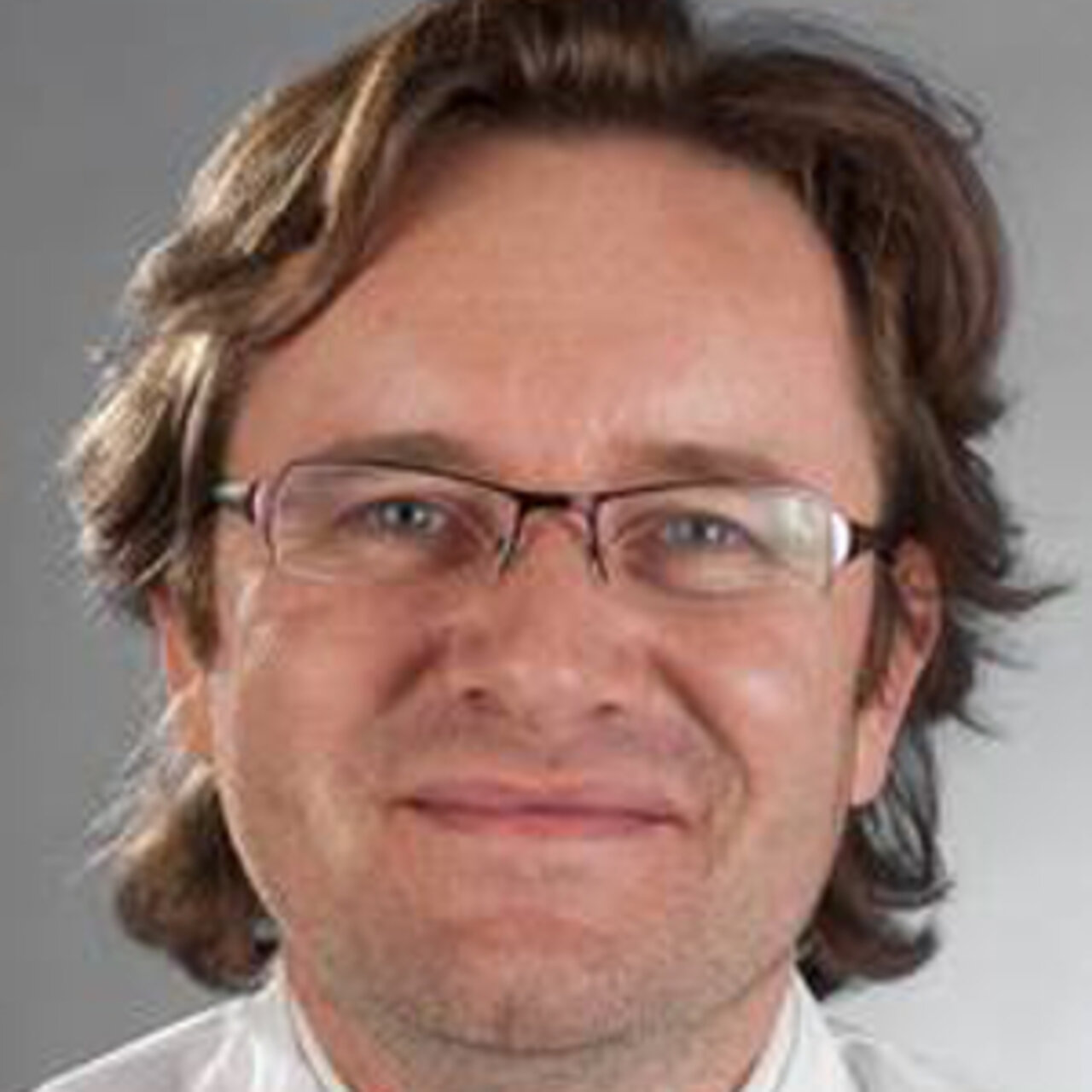Spécialistes en Glioblastome
15 Spécialistes trouvés
Radiologische Allianz (Alliance radiologique) - Centre interdisciplinaire de radiochirurgie
Radiothérapie / Gamma Knife
Hambourg
Informations sur le domaine Glioblastome
What is a glioblastoma?
A glioblastoma (astrocytoma grade IV) is the most malignant and most common primary brain tumor in adults. Glioblastoma arises from glial cells, which are supporting cells of the central nervous system. In the case of a glioblastoma, some of these cells become malignant and start to proliferate uncontrollably.
Glial cells, alongside nerve cells, are the most important cells of the brain. They nourish and support nerve cells, as well as play a role in regenerative processes. The most common glial cells are astrocytes. If they become malignant, this is referred to as an astrocytoma.
Astrocytomas are classified by the WHO into four different grades. Glioblastomas belong to grade IV and are the fastest growing type of astrocytoma.
Each year, an estimated 3,000 people are diagnosed with a glioblastoma in Germany. On average, this tumor affects mostly the elderly, with the average age of onset between 50 and 70 years. It occurs in men approximately twice as often as in women.
Glioblastoma causes
Glioblastoma develops in most cases as a primary (de novo) tumor, but it can also develop from less malignant astrocytomas, particularly as a progression of the astrocytoma.
Furthermore, there are certain diseases that are associated with an increased incidence of glioblastomas and may have a hereditary component. However, in 95% of cases no genetic predisposition can be identified, which is why glioblastomas are generally not considered to be hereditary tumors.
There are no known factors (such as diet, toxins, standard diagnostic x-ray exposure, etc.) that can increase the risk of developing a glioblastoma. Only therapeutic radiation of the brain during childhood may promote the development of a brain tumor in adulthood.
Glioblastoma symptoms: how does it manifest?
Due to the rapid growth and expansion of the tumor and the limited space within the skull, the first clinical signs appear relatively early. One of the first symptoms is a persistent headache that does not respond to medication. This headache is reported by approximately 60% of all patients.
In addition, the increased pressure within the skull (intracranial pressure) leads to typical signs such as vomiting, somnolence (drowsiness, lethargy) or papilledema (increased pressure in the eye, which can damage the optic nerve).
Due to the displacement of certain areas of the brain by the tumor, there may be neurological deficits, such as visual or speech disturbances, paralysis, or personality changes.
What is the diagnostic procedure?
The diagnostic evaluation starts with a thorough medical history and physical examination. A persistent, treatment-resistant headache or signs of raised intracranial pressure could be signs indicative of a glioblastoma. The signs should raise suspicion of a brain tumor and prompt the clinician to order medical imaging.
The radiologist can diagnose a glioblastoma through magnetic resonance imaging (MRI) or a computed tomography (CT). Currently, the MRI scan is the gold standard for diagnosing glioblastoma, as it provides excellent visualization of surrounding nerve tissue.
For better visualization of the tumor regarding its extent and malignancy, a contrast agent is additionally administered, which results in CT or MRI findings typical (but not definitive) for this type of tumor.
Additionally, an angiogram (visualization of the blood supply) of the tumor or a PET-CT may also be necessary. The latter procedure visualizes the metabolic activity of tissues. This diagnostic tool is suitable for cancer diagnosis since metabolic activity is significantly increased in rapidly growing tumor cells.
Lastly, a tumor cell biopsy, the retrieval of a tissue sample, may be required for a definitive diagnosis. The tissue sample is examined under a microscope and subjected to various tests. A genetic analysis of the tumor cells is particularly important to identify specific mutations. This step can be crucial for selecting the most appropriate therapy.
How is a glioblastoma treated?
Since the treatment of glioblastoma is a complex intervention, it must be tailored to the patient’s general health and age. It is recommended to conduct the treatment within the framework of a clinical trial.
In newly diagnosed glioblastomas, primary surgical removal by a neurosurgeon is performed in almost all cases. The surgery is a minimally invasive procedure, which requires a relatively small surgical field and therefore carries a small surgical risk and better chances of recovery. Unfortunately, in most cases a complete resection of the tumor is not possible.
In addition to the surgery, radiotherapy and chemotherapy are administered and adjusted according to the patient’s age. Apart from the conventional photon-based radiotherapy, proton therapy may be considered. Radio-surgical procedures such as Gamma Knife or CyberKnife may be evaluated as well. Studies have shown a significantly better outcome in patients undergoing a combination therapy compared to radiotherapy alone.
Regarding chemotherapy selection, molecular genetic testing should be considered. Although it is not considered a standard procedure, the presence of certain genetic markers, particularly methylation of the MGMT promotor, can provide important clues regarding the effectiveness of chemotherapeutic agents.
The treatment of a recurrent tumor involves surgical resection of the tumor, as well as renewed chemotherapy, potentially with a different chemotherapeutic agent, or radiotherapy. Individual factors such as age, general health, comorbidities, and the patient’s personal preferences should be taken into account.
A novel therapeutic approach for treating glioblastoma is the use of Tumor Treating Fields (TTF). This procedure uses alternating electric fields to disrupt tumor cell division and induce cell death. Although this treatment is not considered a standard procedure yet, a large clinical trial demonstrated a significant improvement in overall survival in patients receiving TTF alongside chemotherapy during the maintenance phase. However, there are insufficient data available for its use in recurrent glioblastoma.
Since glioblastoma is a highly burdensome disease, all patients should be offered adjunctive psychotherapy or psycho-oncological counseling. In some cases, physical or occupational therapy may be useful.
Can a glioblastoma regress?
A glioblastoma does not regress on its own. However, through radiation and chemotherapy the tumor can be reduced in size. This is referred to as “regression” in medical terms. In contrast, “progression” describes an increase in tumor size.
Despite temporary tumor regression, no therapy to date has achieved a complete cure for glioblastoma. Nonetheless, the primary therapeutic goal remains the reduction of tumor size, as it can prolong patient survival and alleviate symptoms.
Chance of cure & prognosis
Glioblastoma is considered an incurable tumor. Despite surgery, radiotherapy and chemotherapy, a recurrence (relapse) of the tumor is to be expected. As glioblastoma is one of the fastest-growing tumors, previously experienced symptoms often return relatively quickly, usually within a few months.
Average survival time, even with treatment, is limited to only a few months up to a few years (usually 1 to 2 years). Favorable prognostic factors include a younger age at diagnosis and less malignant (better differentiated) tumor cells.
Which physicians and clinics are specialists in glioblastoma?
Glioblastomas are among the fastest-growing brain tumors, making time a critical factor in treatment. Moreover, a high degree of flexibility is required to create an individualized treatment plan for each patient. Neurologists and neuro-oncologists are the specialists glioblastoma treatment. Close collaboration with neurosurgeons and radiation-oncologists is essential.
We are committed to helping you find a qualified specialist as quickly as possible. Therefore, we have carefully reviewed and selected all the physicians listed here. They are all experts in the treatment of glioblastoma and possess extensive experience. Take advantage of their experience and arrange an initial consultation with one of our specialists.















